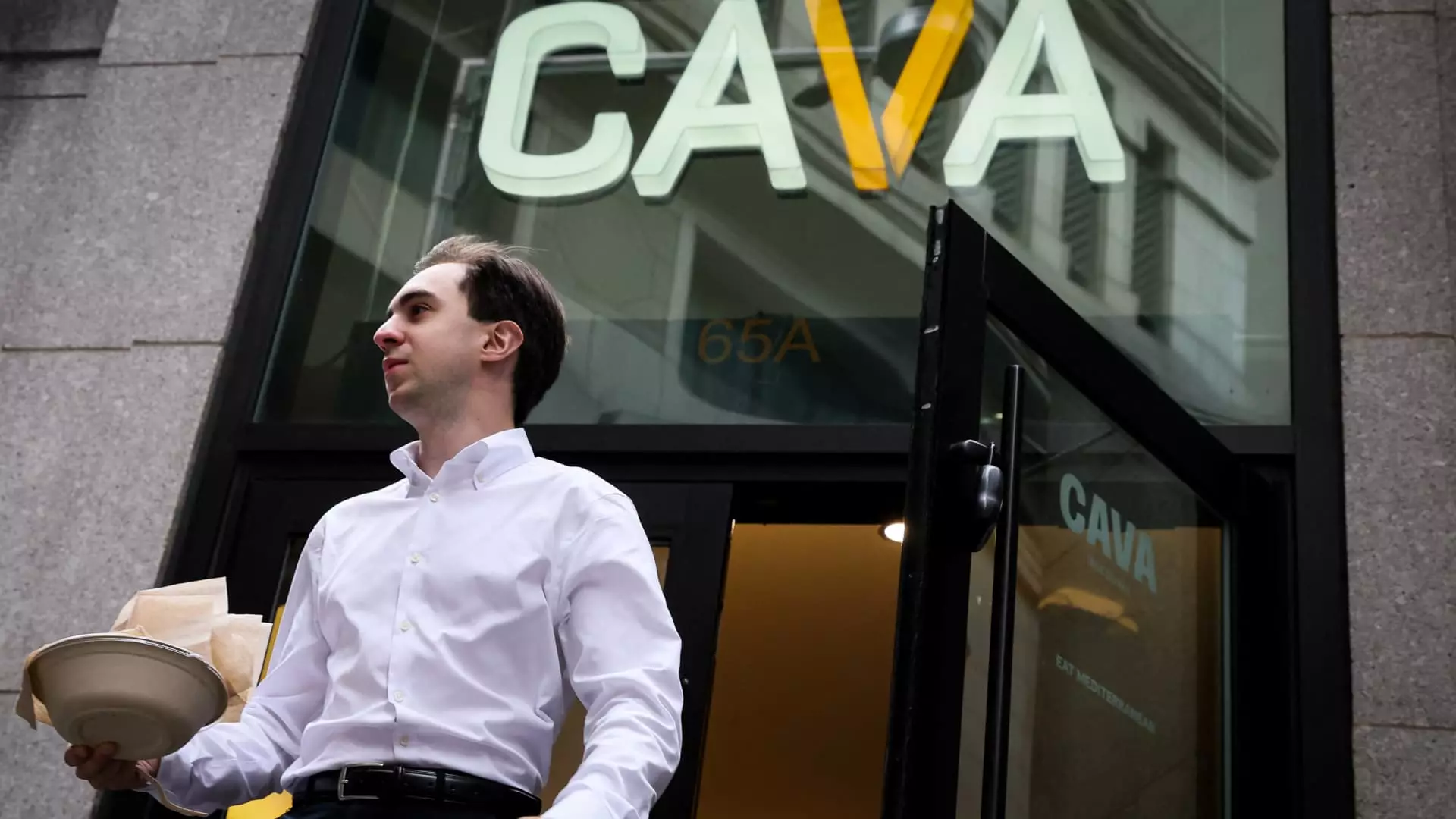In an era defined by economic uncertainty and shrinking consumer wallets, fast-casual restaurant chains find themselves caught in a relentless struggle to capture fleeting attention and lost loyalty. As households tighten their budgets, casual dining brands are compelled to rethink their engagement strategies—shifting from optional perks to essential survival tools. Loyalty programs, once considered supplementary marketing tactics, are now regarded as the cornerstone of modern restaurant success. Yet, despite their rising importance, many brands are fumbling in their execution, risking not only financial strain but also long-term brand equity. This article critically examines how the intense focus on loyalty initiatives can either serve as a lifeline or a costly distraction for these businesses.
The Shift in Value Proposition: From Bonuses to Necessities
Historically, restaurant loyalty programs were secondary amenities—nice extras that rewarded loyal customers with free drinks or birthday treats. Today, they are the defining element of a brand’s identity amid a shrinking customer base. This evolution raises a crucial question: Are these programs genuinely effective or merely masks for deeper issues like declining foot traffic and waning brand relevance? The reality is layered; while they do incentivize more frequent visits, a reliance on discounts and points might inadvertently cheapen a restaurant’s premium image and erode profit margins. It is essential to recognize that loyalty programs should be strategic, not just transactional. Too often, brands lean into gimmicky offers—seasonal contests, points boosts, or surprise rewards—without aligning these with meaningful customer engagement or brand differentiation. The danger lies in creating a cycle where customers become conditioned to expect rewards rather than valuing the actual experience or quality of the food.
The Increasing Dependence on Digital and Data-Driven Loyalty
The rise of digital platforms has transformed loyalty initiatives into sophisticated data-collection machines. Companies like Starbucks and Chipotle boast tens of millions of active members whose behaviors are meticulously tracked and analyzed. While this paints a picture of robust engagement, it also exposes vulnerabilities: Overdependence on data-driven insights can lead to a homogenized customer experience and an overemphasis on short-term sales spikes. For instance, Starbucks’ decision to tweak its rewards—eliminating certain bonuses in favor of broader star accumulation—elicited controversy but underscored the industry’s obsession with optimizing reward algorithms. This reliance on granular data can achieve short-term gains but risks alienating core customers if not managed with authenticity. Excessive focus on numbers risks turning these programs into cold profit machines rather than tools that foster genuine emotional connections.
Failures and Flaws: When Loyalty Becomes a Double-Edged Sword
Many brands make the mistake of viewing loyalty programs as quick fixes rather than long-term investments. Chipotle’s recent sales slowdown despite its large rewards base exemplifies this pitfall. Strong program membership does not automatically translate into sustained revenue, especially if the core offering—food quality and atmosphere—fails to meet evolving consumer expectations. Moreover, freebies and discounts often cut into margins and can fluster brand positioning. Potbelly’s shift to a coin-based system highlights efforts to offer more speed and flexibility, but questions remain whether these modifications are enough to sustain growth amidst economic headwinds. Some brands, like Sweetgreen, have attempted to simplify and de-clutter their programs, acknowledging that complexity breeds confusion and disinterest. This calls for a more nuanced approach: loyalty programs should be transparent, targeted, and genuinely rewarding, not just elaborate credit systems designed to keep customers hooked on discounts.
The Reckoning: When Loyalty Efforts Fail to Deliver
Despite the impressive numbers—millions of active rewards members and increased digital sales—many brands face a harsh truth: consumer spending remains cautious. Even with elaborate loyalty campaigns, traffic remains sluggish, and same-store sales are under pressure. Chipotle’s first decline since 2020 and Starbucks’ consecutive quarterly drops reveal that these programs alone cannot shield brands from macroeconomic forces. They are bandages, not cures. If the experience, quality, and relevance of offerings decline, no amount of points or discounts can salvage loyalty; customers will simply walk away. Furthermore, loyalty programs can become battlegrounds for consumer frustration when changes- like reducing earning potential or increasing redemption hurdles—are perceived as unfair or manipulative. A program that feels forced or overly commercial will inevitably breed distrust more damaging than no program at all.
Is Innovation in Loyalty Still Possible, or Just a Mirage?
Some brands have begun pushing the envelope, revamping their programs to create more meaningful, engaging experiences. Cava’s shift to offering rewards like pita chips for specific actions exemplifies a move toward experiential delight—beyond just earning points. The emphasis on surprises, challenges, and exclusivity aims to forge emotional bonds. However, these tactics often walk a tightrope: do they genuinely add value, or are they just marketing noise designed to distract from underlying issues like lack of differentiation or product stagnation? The key challenge is to balance innovation with authenticity. Strategies such as tiered memberships, personalized rewards, and special activations need to be rooted in understanding how to foster genuine loyalty—not just transactional retention. Without this depth, such initiatives risk becoming short-lived gimmicks that fade once novelty wears off.
Ultimately, the fate of fast-casual restaurants in a constrained economy hinges on their ability to rebuild authenticity and genuine engagement through their loyalty strategies. Rewards and digital perks can catalyze more visits and higher spending—if executed with purpose, transparency, and a clear understanding of evolving consumer values. But relying on these programs alone, especially as a quick fix amidst declining traffic and profit pressures, is a precarious gamble. True customer loyalty requires more than discounts; it demands consistent quality, memorable experiences, and a sincere connection that transcends mere points accumulation. As the industry navigates these turbulent economic waters, brands must critically assess whether their loyalty efforts serve as meaningful bridges to customer trust or just temporary bandages in a wounded market.


Leave a Reply